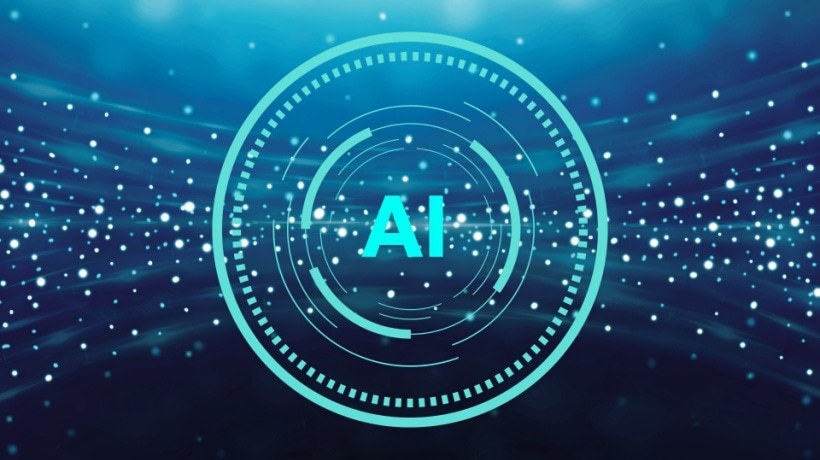Want To Know What AI Can Do For You?
With the advent of Artificial Intelligence (AI) and ChatGPT, there is no denying that the way we experience learning has altered permanently. Never before have educators and learners had access to an all-encompassing tool assisting every facet of learning, from creating optimized course plans to delivering personalized feedback. With similar tools emerging on the market, there is little hope to contain the use of AI in the classroom.
Instead, embracing AI in eLearning might just be the best move. Those in the education sector agree. According to a study by IDC, 99.4% of 509 higher education institutions say AI will be instrumental to their institution’s competitiveness in the next 3 years. Just how AI will be leveraged by these institutions is up to those in charge. There are many ways AI can be incorporated into online learning platforms. In this article, we will go through a few of these options. Let’s get started!
Top AI Use Cases For eLearning
Intelligent Tutoring
One of the best uses of AI in learning is via intelligent tutoring. Intelligent Tutoring Systems (ITS) simulate human tutoring by giving learners personalized assessments and feedback to help them learn. These tools leverage Natural Language Processing and Machine Learning to analyze student performance and adjust the instruction accordingly. Learners can interact with ITS conversationally, or through other media including Virtual Reality.
ITS can help break down complicated concepts and guide learners step-by-step through questions they have trouble with. They can also provide real-time feedback and prompt the learners to participate throughout the course to keep them engaged. As the learners master concepts, the AI tools adjust the course content to keep them challenged.
Automated Grader
Grading is a task that eats up a lot of valuable time that instructors could spend on more productive activities instead. Thanks to AI, grading can now be reliably automated. AI tools can grade a variety of assessment types, ranging from multiple-choice questions to longer, essay responses. Well-trained tools can pinpoint errors with surprising accuracy, and even provide feedback or suggest ways to improve answers. This frees up considerable time for the instructors and allows them to direct their attention to providing one-on-one feedback and coaching based on these grades.
Chatbots
From banking to retail, the use of chatbots has become so widespread that it’s nearly impossible to imagine a world without them. In eLearning, chatbots are one of the most frequent AI use cases. For students, having access to a chatbot is akin to having a personal teaching assistant ready to answer any questions or provide educational materials 24/7.
AI-powered chatbots go far beyond simply directing students to different resources or providing technical support. New AI tools have enabled context-aware chatbots that automatically knows what content a learner is looking at and provides specific information. For example, if a student is going through a lecture video on differential equations, asking a chatbot a simple question like "what am I looking at?" can prompt the bot to explain differential equations, go step-by-step through an example, and provide resources for further exploration.
Adaptive Learning
One of the best ways to leverage AI in online learning is through adaptive or personalized learning. The idea is to curate learning paths and course content based on learner analytics. Based on the competency level of each learner, the AI tools can increase or decrease the difficulty level of the course content until the learner gains sufficient expertise. For example, if a student is learning a new skill, each successive module gets more and more challenging in response to the student’s growing expertise.
Another way to personalize learning is by providing learners with optimized learning paths that are not predefined. Based on learner interaction and course performance, new learning paths are generated dynamically instead, optimizing the learning experience. Adaptive learning can go a long way in making learning more engaging and efficient.
Predictive Analytics
Combining AI with learner analytics is another innovative use case of AI in eLearning. Predictive analytics leverages data mining and predictive modeling to gain insights into learner behavior and predict future performance. These insights can then be used to create more informed learning interventions based on each learner’s performance.
Predictive analytics can help flag students who are underperforming or at risk of abandoning a course. This can be helpful in creating adaptive learning paths for these students so that the right intervention can be made in a timely manner to improve their performance. These insights can also optimize the overall course structure and design to the learners’ satisfaction.
Easy Content Creation
Creating content for online learning courses can be an exhausting task for instructors. The challenge of creating endless lectures, quizzes, and assignments, each unique and relevant, can test even the most experienced teachers. Fortunately, AI can offer support in this regard.
With a few well-drafted prompts, instructors can create endless high-quality quizzes, essay prompts, and lecture notes. The important thing here would be to ensure that the tools are given the right learning objectives for the course, in order to produce relevant content. Taking it a step further, AI can also be used to generate personalized learning content like flashcards, summaries, or assignments for each learner, tailored according to their profile.
The Takeaway
The future of learning is powered by AI. Perhaps the best use of the technology would be to create personalized or adaptive learning solutions, catering to the individual needs of each student in a way that is impossible to replicate without AI. Other benefits, like content curation or data-driven analytics, could also help transform the educational experience for the better.
Getting started with incorporating AI may seem like a daunting task, but remember to take it one step at a time. The first task is finding the right Learning Management System that offers AI solutions to cater to your institution. Once you have a robust platform to rely on, the rest will fall into place.
Additional Resources:
- Chat GPT Use Cases in EdTech
- Learning and Development in the Era of Generative AI and ChatGPT
- The Need for AI Content Detection Tools
- We Asked ChatGPT About the Impact of AI on Education. Here’s the Answer
Editor's Note: Check out our directory to find, choose, and compare eLearning Industry's Top LMS Software!








